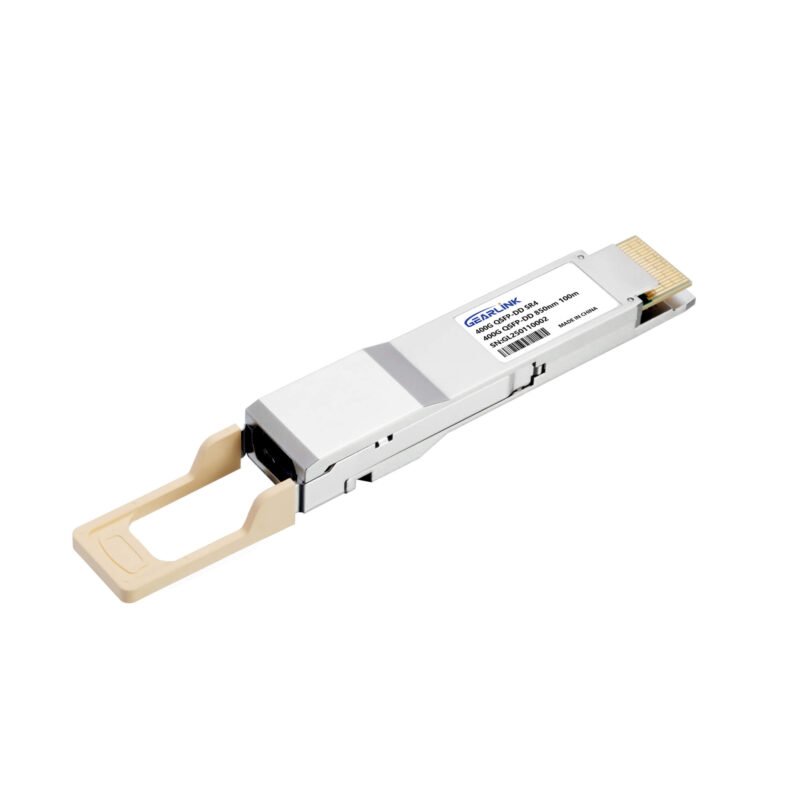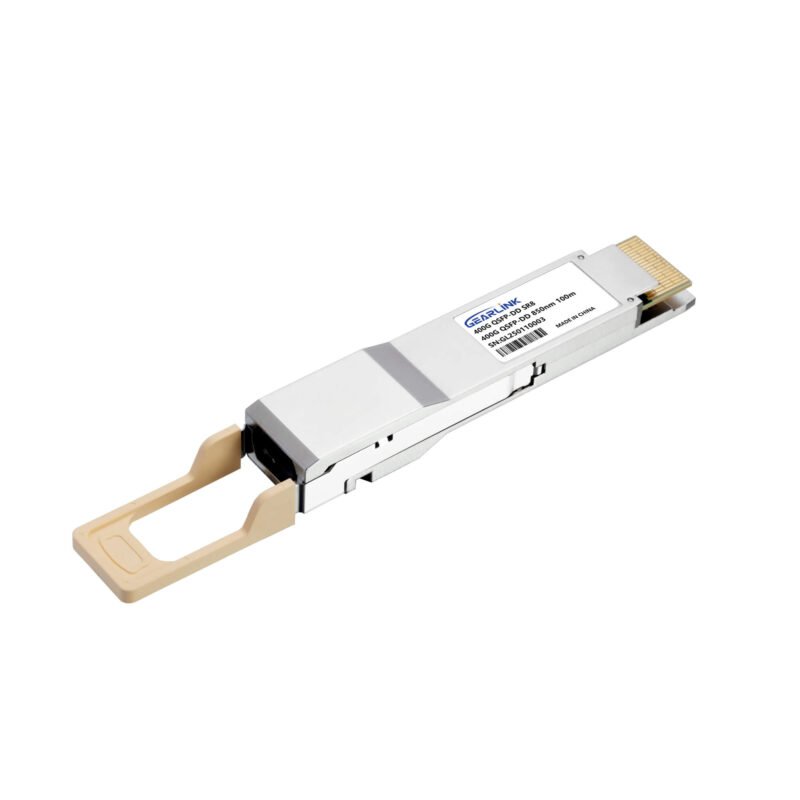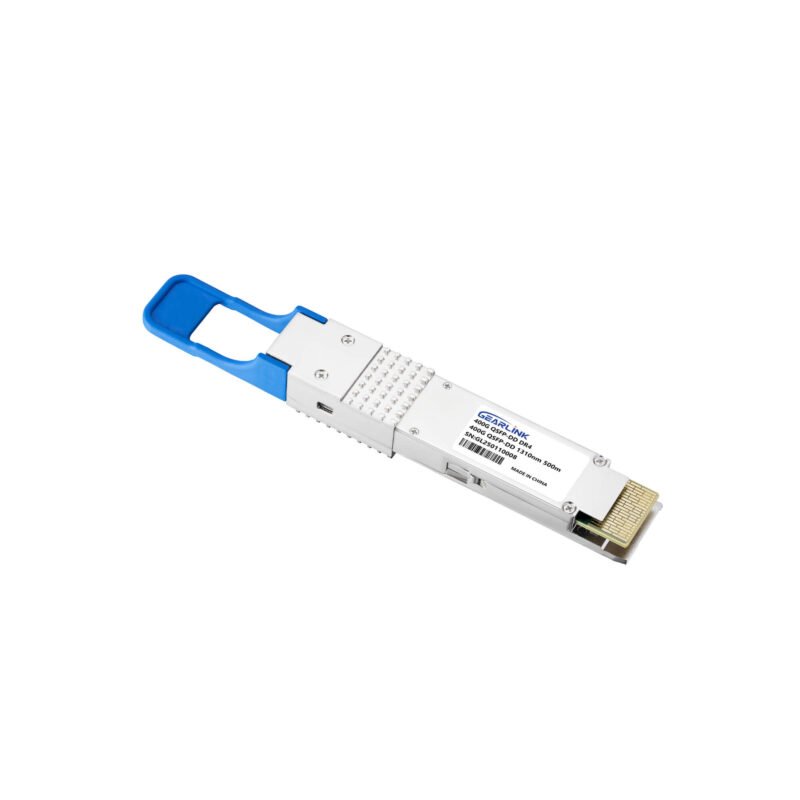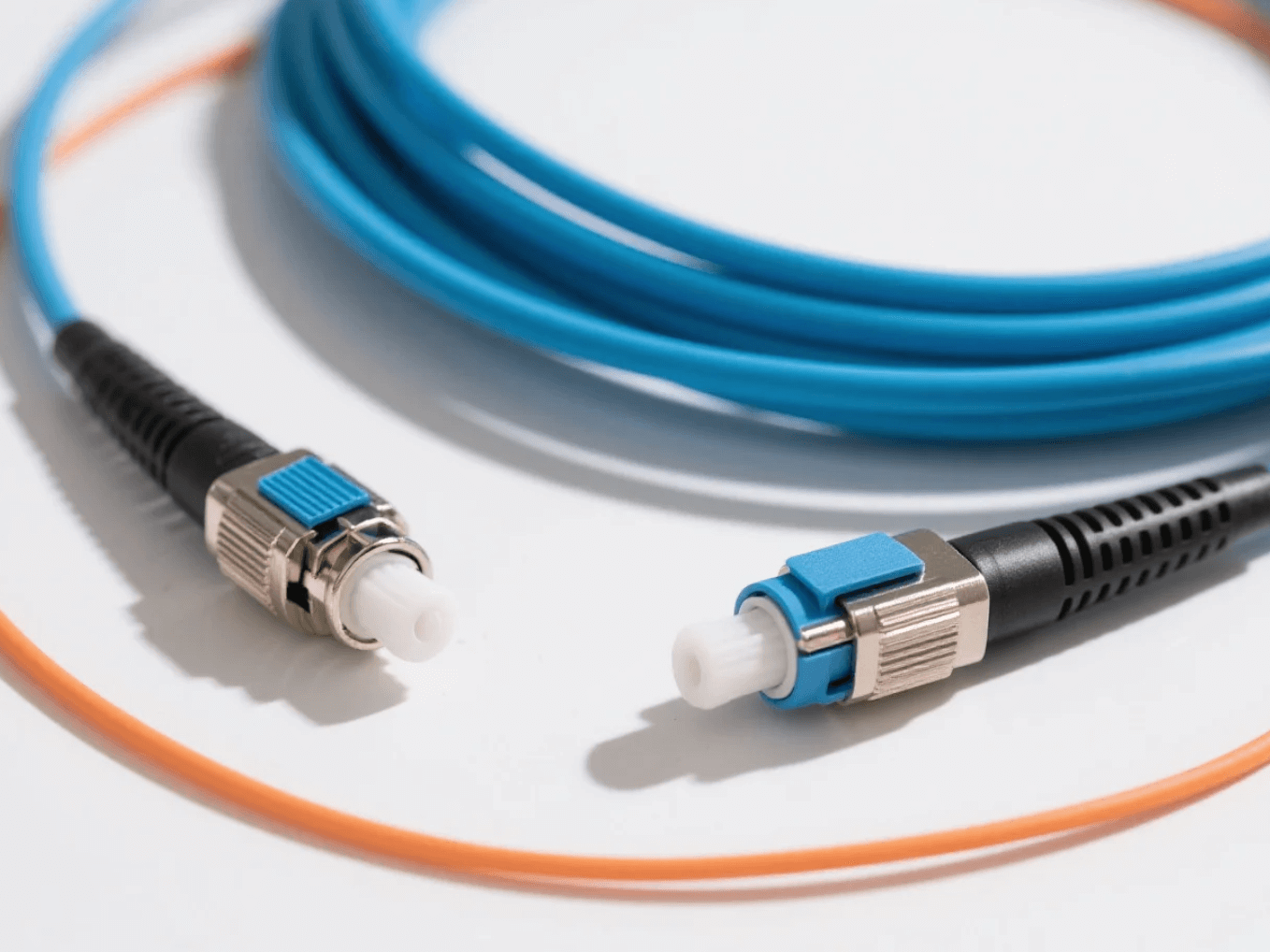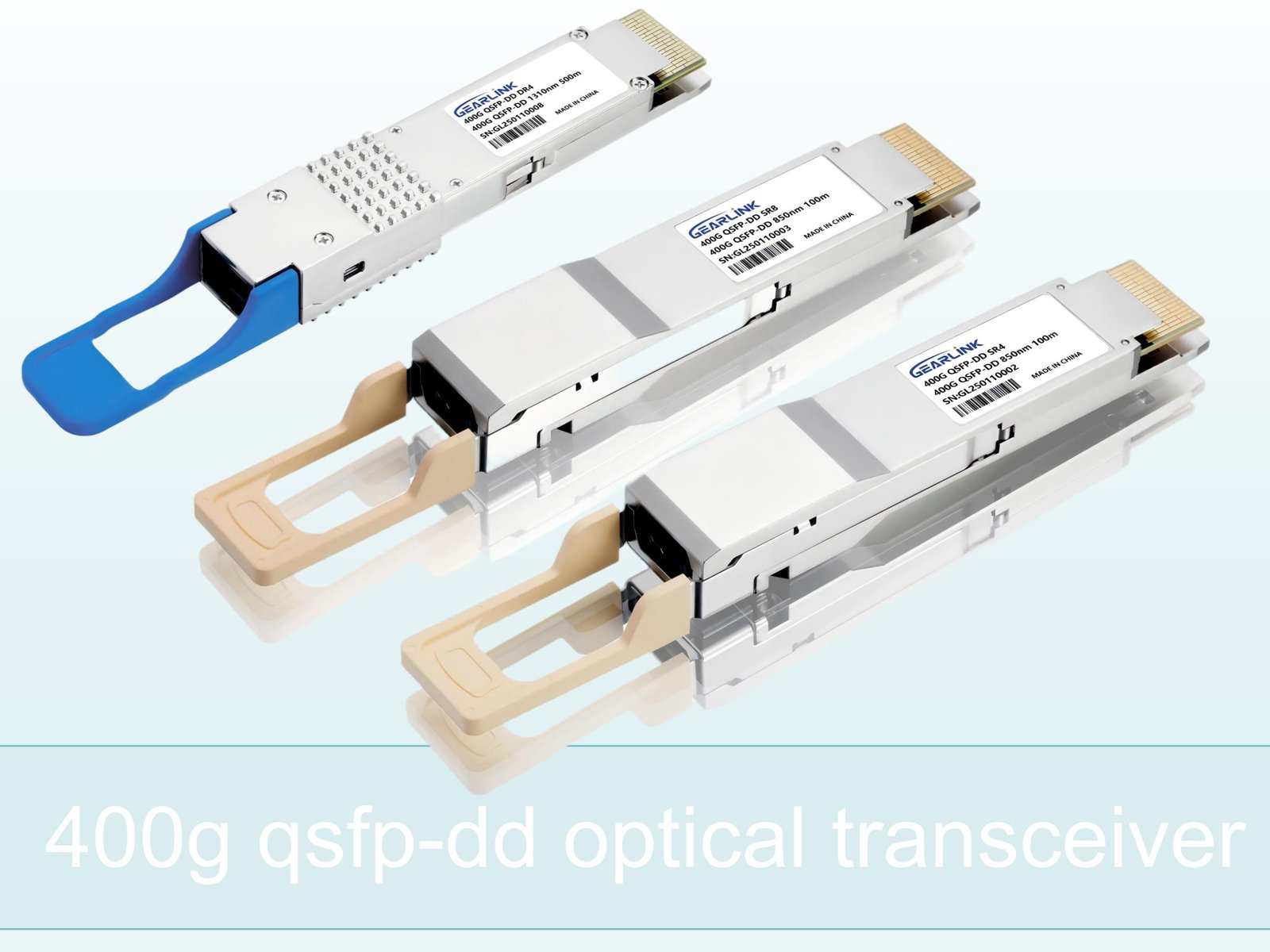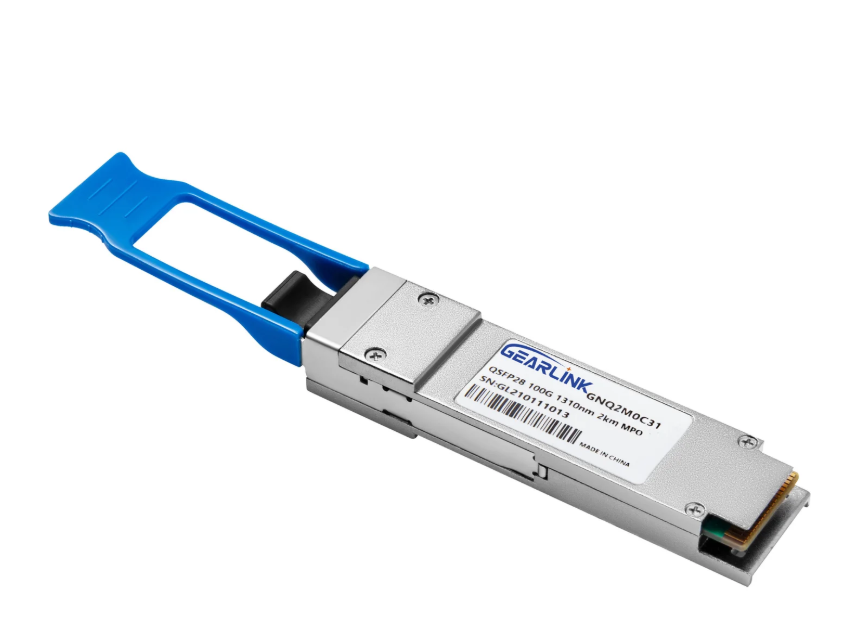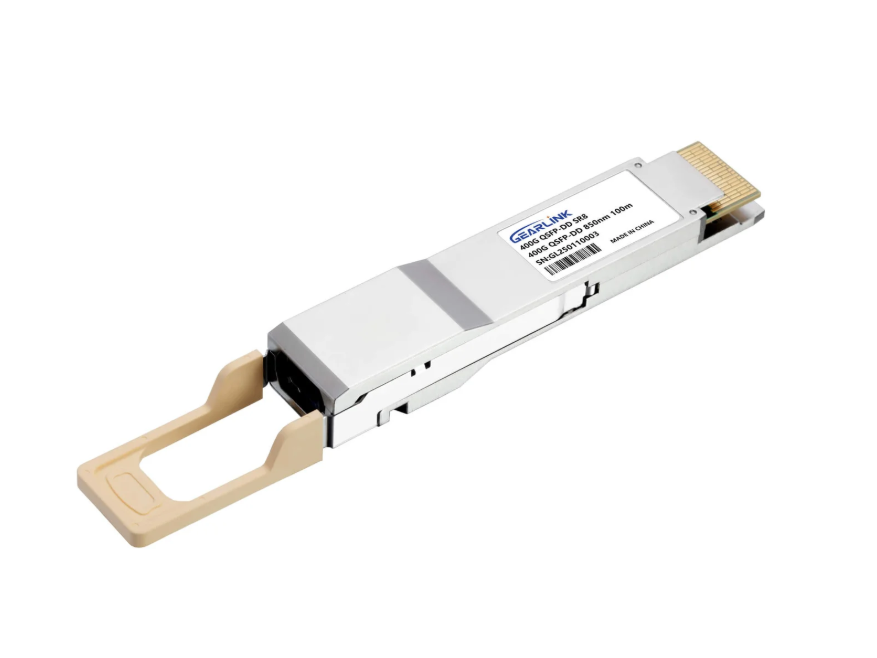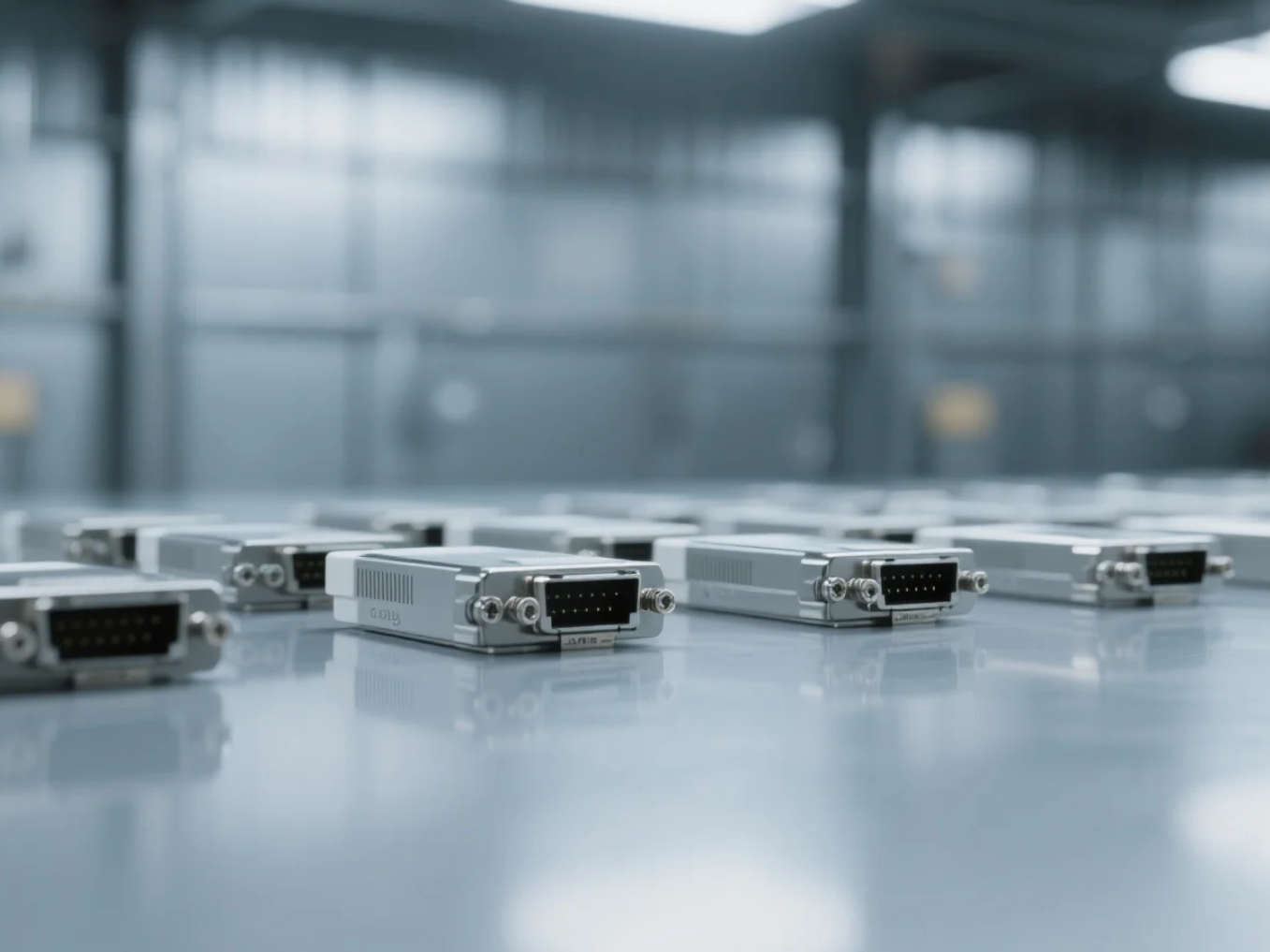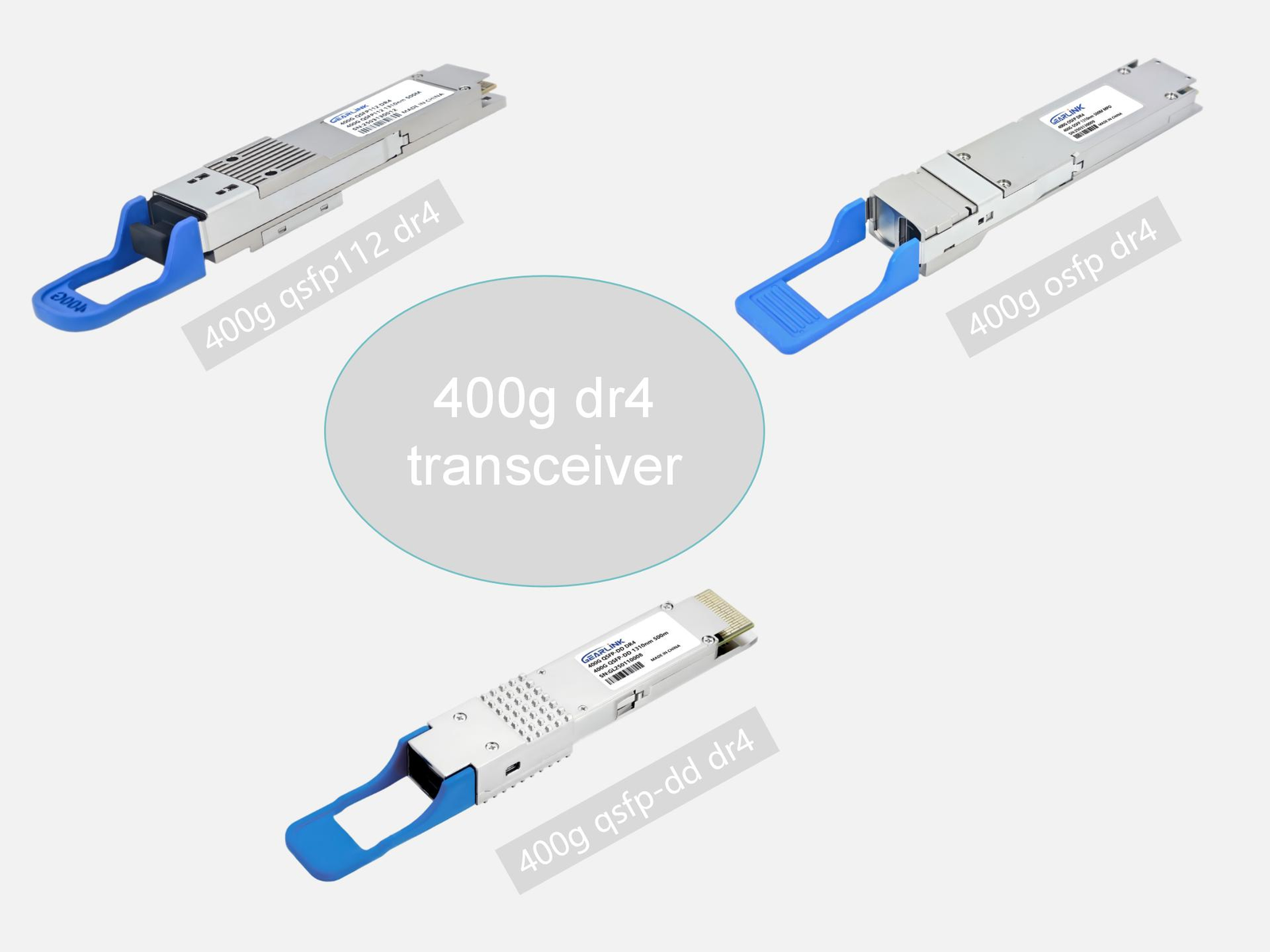The relentless demand for bandwidth, driven by cloud computing, artificial intelligence, and the proliferation of 5G, is continually pushing the boundaries of data center infrastructure. Network engineers and procurement specialists are locked in a continuous pursuit of higher density and lower power consumption, seeking solutions that can scale seamlessly for years to come. At the epicenter of this evolution lies the 400G QSFP-DD (Quad Small Form-factor Pluggable Double Density) optical transceiver—a technology that is fundamentally redefining how terabits of data are moved across and between modern data centers. This in-depth analysis will explore the architectural significance of this module, highlighting its key features and its indispensable role in the optical networking ecosystem. Understanding the profound advantages offered by this standard is crucial for anyone planning or managing high-capacity network deployments.
The Foundational Architecture of 400G QSFP-DD
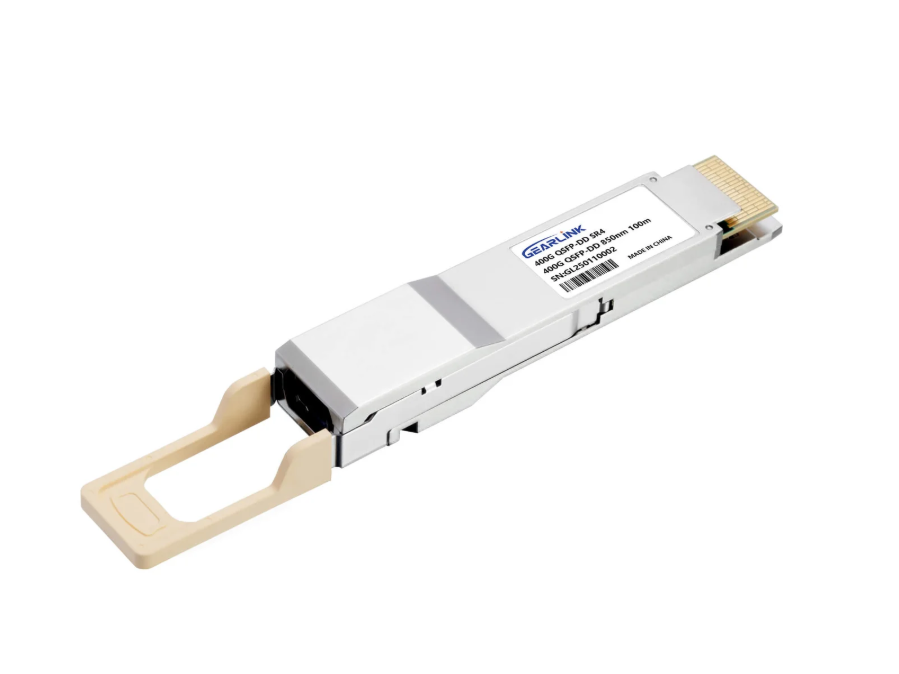
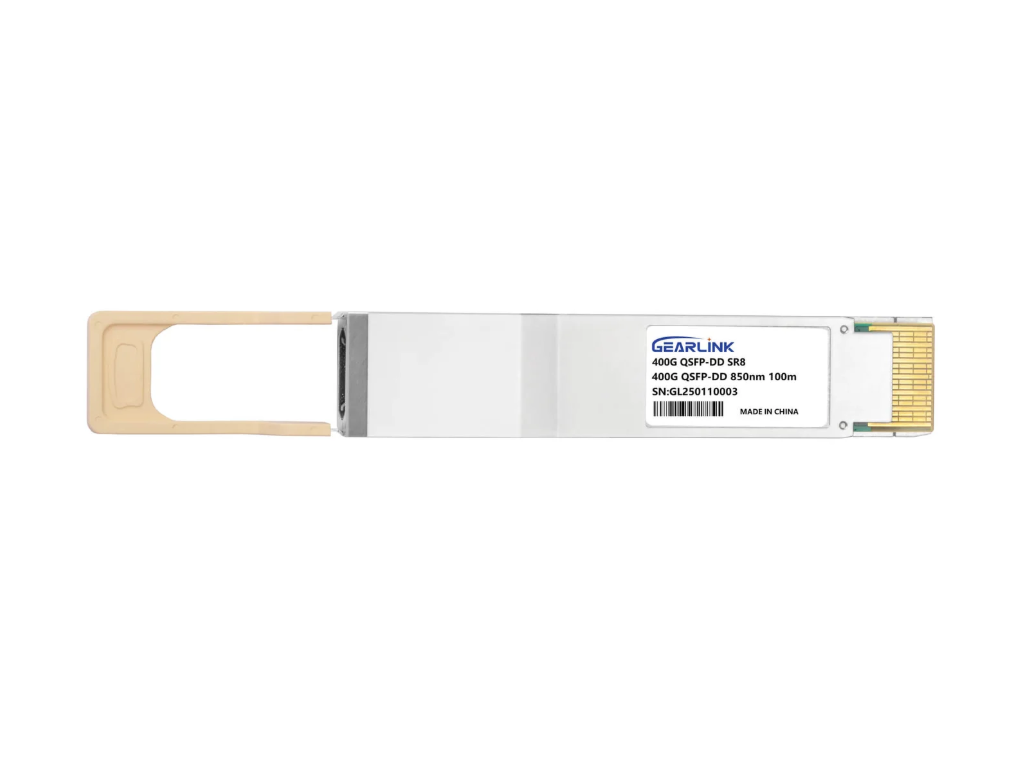
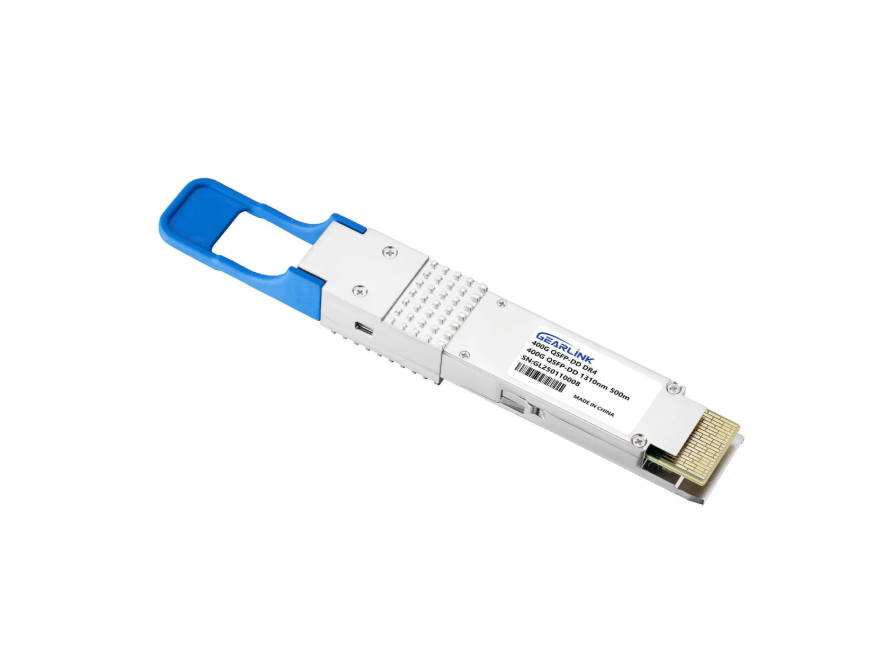
The transition from 100G to 400G was not simply an incremental step; it demanded a complete re-engineering of the optical and electrical interfaces. The 400G QSFP-DD form factor emerged as the industry’s preferred solution, primarily because of its ingenious design centered on doubling the density of its widely successful predecessor, the QSFP28.
An Ingenious Approach to Density
The “Double Density” in QSFP-DD is the key differentiator. Unlike the single row of electrical contacts found in traditional QSFP modules, the QSFP-DD cage introduces a second, parallel row of contacts. This allows the module to accommodate eight lanes of high-speed electrical input/output (I/O) rather than four. Each of these lanes operates at 50 Gigabits per second (Gbps) using PAM4 (Pulse Amplitude Modulation 4-level) signaling, culminating in a total bandwidth of 400 Gbps. This doubled density is achieved without altering the width or depth of the module faceplate, meaning it can maintain high port density on switches, which is paramount in space-constrained environments.
Leveraging PAM4 Signaling for Efficiency
The adoption of PAM4 signaling is non-negotiable for achieving 400G speeds within a reasonable electrical power budget. Instead of the traditional Non-Return-to-Zero (NRZ) modulation, which transmits 1 bit per symbol, PAM4 transmits 2 bits per symbol. This effectively doubles the data rate without needing to double the signaling frequency. While PAM4 introduces complexity in signal processing due to having four distinct voltage levels, requiring sophisticated Digital Signal Processors (DSPs) within the 400G QSFP-DD module, it is an essential technological leap that enables the necessary bandwidth while keeping insertion losses manageable across the electrical traces of the host switch. Furthermore, the design ensures backward compatibility, allowing QSFP28 (100G) modules to be plugged directly into a QSFP-DD port, offering network operators essential flexibility during network migration and upgrade cycles.
Distinguishing Features and Operational Benefits
The widespread adoption of the 400G QSFP-DD is driven by several operational and technical advantages that directly address the core pain points of scaling network infrastructure.
Unmatched Port Density and Scalability
In the race for density, the QSFP-DD form factor is a clear winner. A standard 1U switch chassis can now host up to 36 QSFP-DD ports, resulting in an unprecedented 14.4 Terabits per second (Tbps) of front-panel switching capacity. This density minimizes the physical footprint required for network equipment, substantially reducing costs associated with data center floor space, power, and cooling. For optical module users, this means fewer racks, fewer complex inter-rack cable runs, and ultimately, a simpler, more efficient architecture. The capacity to consolidate network traffic onto fewer devices simplifies management and reduces operational expenditure.
Versatile Breakout Capabilities
A critical feature for network deployment flexibility is the breakout capability of the 400G QSFP-DD. The 400G aggregated signal can be logically “broken out” into lower-speed channels. For instance, a single 400G port can interface with four separate 100G QSFP28 ports via a fan-out cable assembly. This capability is exceptionally valuable for connecting a new 400G spine layer switch to an existing 100G leaf layer switch infrastructure. It facilitates a smooth, phased migration path, allowing data centers to incrementally upgrade their network without needing a complete and immediate overhaul. This pragmatic approach to infrastructure upgrades offers significant savings and minimizes service disruption.
Low Power Consumption Per Bit
Although the overall power consumption of a 400G module is naturally higher than its 100G counterpart, the power efficiency, measured in picojoules per bit (pJ/bit), is significantly improved. The rigorous optimization of the DSP and the advancement in optical components, such as vertical-cavity surface-emitting lasers (VCSELs), distributed feedback (DFB) lasers, and silicon photonics, have ensured that the energy cost of moving a single bit of data is lower than ever. This focus on energy efficiency is not merely an engineering achievement; it directly translates into massive energy savings at the scale of hyper-scale data centers, aligning with modern corporate mandates for sustainability and lower carbon footprints. Optictran modules are specifically engineered to prioritize this power efficiency, offering a tangible return on investment.
Core Applications in Optical Networking
The utility of the 400G QSFP-DD spans a variety of critical applications within the optical networking domain, each relying on its combination of speed, density, and flexibility.
Intra-Data Center Connectivity (IDCC)
In large-scale data center environments, especially those supporting hyperscale cloud services, the vast majority of traffic is “East-West,” meaning it flows between servers and storage within the same facility. Here, the focus is on low latency and cost-effectiveness over short reach. Optical modules utilizing multi-mode fiber (MMF), such as 400GBASE-SR8 (up to 70m), or single-mode fiber (SMF) technologies like 400GBASE-DR4 (up to 500m) and 400GBASE-FR4 (up to 2km), are deployed. The QSFP-DD form factor allows these short-reach links to be provisioned with unprecedented density, supporting high-throughput connections between TOR (Top-of-Rack) switches, leaf switches, and spine switches. This creates a non-blocking, high-performance fabric that is essential for real-time applications and machine learning workloads.
Data Center Interconnect (DCI)
For connecting geographically separated data centers, often over distances ranging from a few kilometers to hundreds of kilometers, coherent optical technology integrated into the 400G QSFP-DD form factor is becoming increasingly relevant. Pluggable coherent modules, such as the 400G ZR/ZR+ specification, allow the transceiver to transmit the data directly over a Data Center Interconnect (DCI) fiber link without the need for expensive, dedicated chassis-based transport equipment. This massive simplification of the network stack—moving the transport layer into the same line card as the switching ASIC—significantly lowers the capital expenditure and simplifies network operations for carriers and cloud providers alike. The standardized, compact nature of the 400G QSFP-DD makes this disruptive technology accessible and deployable.
The Value Proposition for Optical Module Users
For the discerning optical module user—the network architect, the engineer, the purchasing manager—the decision to standardize on the 400G QSFP-DD is an investment in future-proofing and efficiency.
The primary value lies in the immediate return on investment realized through high-density integration. By deploying 400G, a network can achieve four times the bandwidth using the same physical rack space previously dedicated to 100G. This optimization significantly lowers the operational cost per bit. Furthermore, the robust interoperability of the QSFP-DD ecosystem, backed by a wide array of products supporting various reaches and fiber types, minimizes vendor lock-in and ensures a competitive supply chain. As technology advances, this form factor is already being positioned to support 800G, demonstrating its inherent capacity for evolutionary growth. Choosing this standard ensures that the installed infrastructure is not a short-term solution but a foundational component capable of supporting the next generation of networking demands.
400G QSFP-DD: A Cornerstone of Modern Networking
The ongoing migration to higher speeds is an inevitable reality, and the 400G QSFP-DD module has cemented its status as the most viable and universally accepted standard for this transition. Its engineering brilliance—doubling density within a familiar form factor while leveraging the power of PAM4 and sophisticated optics—solves the current network scaling crisis while providing a clear path to future bandwidth requirements.
For Optictran’s customers, embracing this technology is not just about purchasing a faster module; it is about adopting an architecture that promotes sustainability through energy efficiency, provides unparalleled flexibility through breakout capabilities, and guarantees long-term scalability. The choice of the right optical transceiver is paramount, and the 400G QSFP-DD is, unequivocally, the cornerstone upon which the next generation of optical networking will be built.
Frequently Asked Questions (FAQ)
Q1: What is the main difference between QSFP56 and 400G QSFP-DD?
A: The primary difference lies in the number of electrical lanes and the total bandwidth. A QSFP56 module uses four lanes of 50G PAM4 signaling to achieve 200G. The 400G QSFP-DD module doubles this capacity by using eight lanes of 50G PAM4 signaling to achieve 400G, made possible by its “Double Density” connector, which adds a second row of electrical contacts.
Q2: Can I use 100G modules in a 400G QSFP-DD port?
A: Yes, the QSFP-DD form factor is designed to be backward compatible. A standard 100G QSFP28 module can be plugged directly into a QSFP-DD port, though the port will only operate at 100G speed in this configuration. This feature provides essential flexibility during the migration from 100G to 400G networks.
Q3: What does ‘breakout capability’ mean for 400G?
A: Breakout capability means a single 400G port can be split into multiple lower-speed connections. The most common breakout configuration is 4 x 100G, where the 400G link is divided into four separate 100G channels. This requires a specialized fan-out cable that connects the 400G QSFP-DD module to four separate 100G QSFP28 modules or ports, allowing newer, faster equipment to easily interface with existing slower infrastructure.
